1/32 Brenton Tarrant's murder of Christchurch Muslims is infamous, but the massacre at Surafend is little-known. 103 years ago today, Anzacs killed between 40 and 120 Muslims in that Palestinian village. 


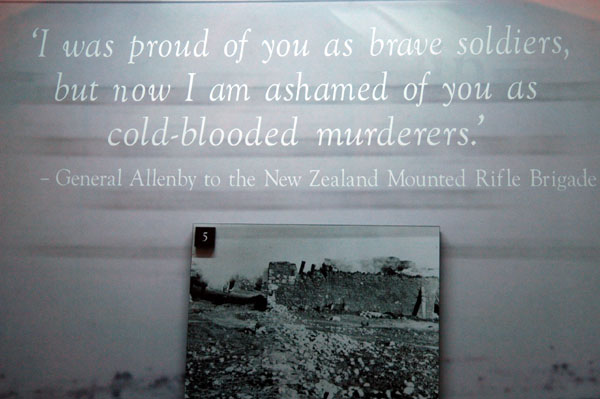
2/32 By December 1918 the Great War was over. The troops camped outside Surafend were waiting to go home. Most of them were part of the Anzac Mounted Division, which had fought at Gallipoli, then captured Sinai & Palestine from the Ottoman Empire. 
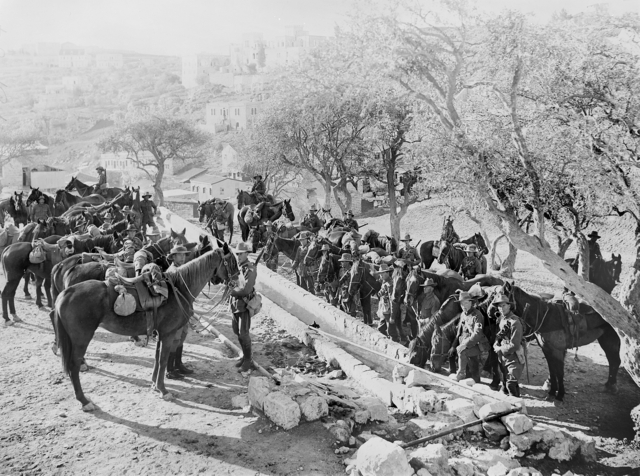
3/32 On the night of December the 9th a man entered the tent of NZ soldier Leslie Lowry. Lowry had been using his kitbag as a pillow. The intruder grabbed it & fled. Lowry chased the thief across the dunes that separated the Anzac camp from Surafend. 

4/32 The thief turned & fired a pistol. Lowry died in a medical tent three hours later. The next morning Anzacs found Lowry's blood in the sand, & footprints that led from the stain towards Surafend. 
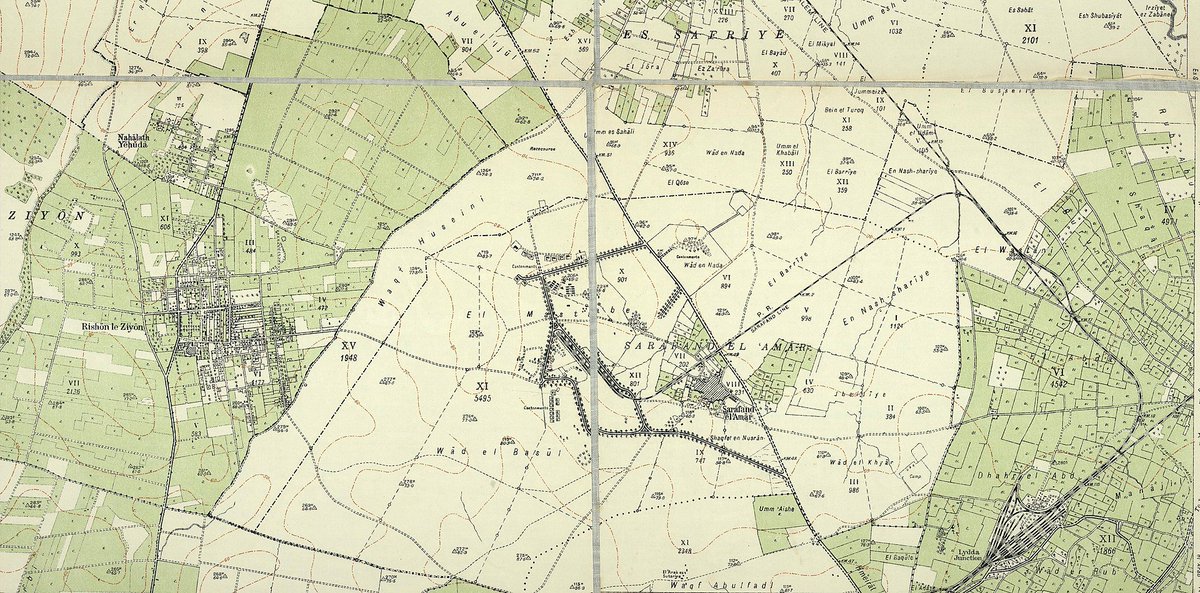
5/32 Members of Lowry's Machine Gun Squadron, which had been serving alongside the Anzac Mounted Rifles, recruited NZers & Australians for a raid on the village. At seven o'clock that night about two hundred Anzacs entered Surafend. They carried bayonets & pick handles. 

6/32 The massacre took half an hour. Surafend's old men, women, & children were held under guard in a field outside the village. They saw their homes burning, & heard their young men screaming & dying. 

7/32 According to NZ soldier Ted Andrews the Muslims were castrated before they were killed. Some corpses were thrown down the village's well. 
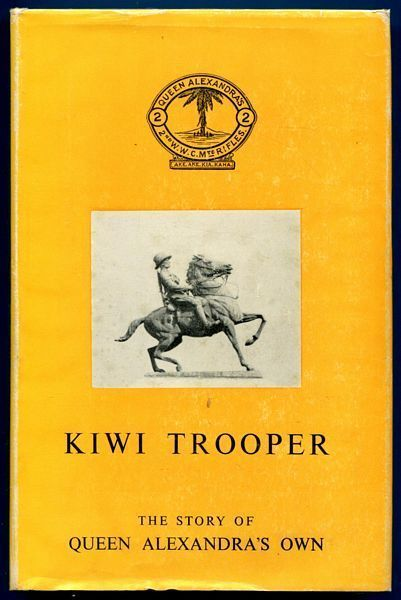
8/32 Australian Ted O'Brien was one of the killers. In a tape recording made in 1988, he said he & his comrades had 'had a good issue of rum' & 'done their blocks'. They 'all went for' the Arabs with 'the bayonet'. 
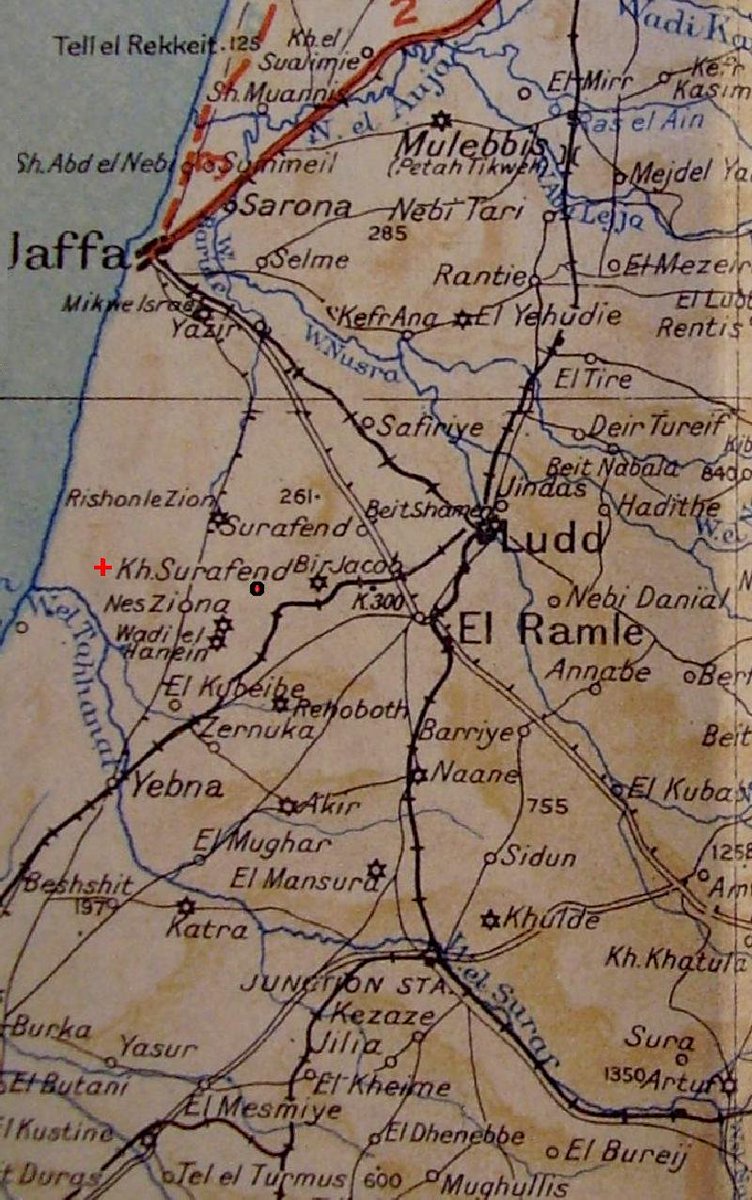
9/32 After they'd destroyed Surafend, the Anzacs raided a nearby camp of nomadic Bedouin people. They burned the camp down. By nine o'clock they were back in their tents. 
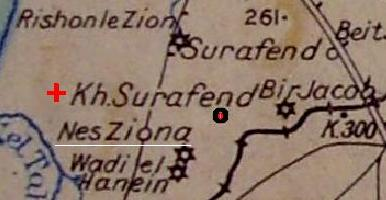
10/32 Six days after the massacre General Edmund Allenby, the overall commander of British Empire forces in the Middle East, ordered the Anzac Mounted Division to parade. He called them 'cowards & murderers'. But no Anzac was ever brought to justice. 
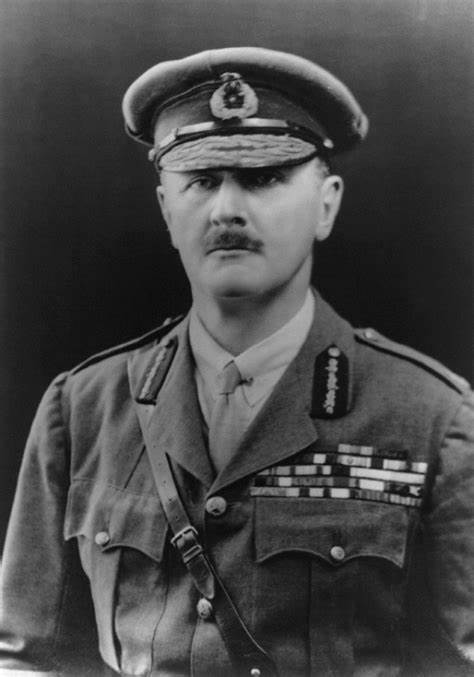
11/32 In letters, diary entries, & memoirs, the men of the Mounted Division tried to justify what happened at Surafend. They characterised the village's inhabitants, & Arabs in general, as savages who stole & killed.
12/32 Arabs were accused of stealing from Anzac camps, & also of robbing from Anzac corpses. Ted O'Brien called Bedouin 'wicked'. For NZer Percy Doherty they were 'inhuman brutes'. NZer, Herbert Wilke called the inhabitants of Surafend 'thieves generally'.
13/32 But Anzacs were guilt of the behaviour they condemned Arabs for. Ted O'Brien said that he & his comrades often robbed Ottoman corpses. O'Brien described killing a badly wounded Turk so he could take the man's possessions. 'It was a rob the dead sort of business' he said. 
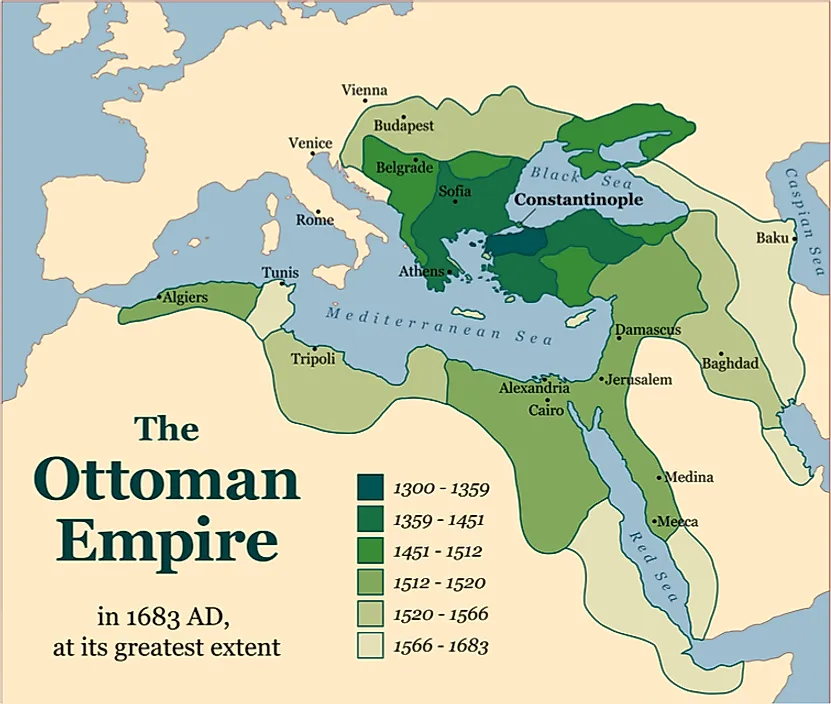
14/33 Arabs had reason to resent the Anzacs' presence in their lands. During the fight for Sinai, Egyptians had been conscripted into work gangs, & forced to dig trenches & help build railways for the Anzacs. 
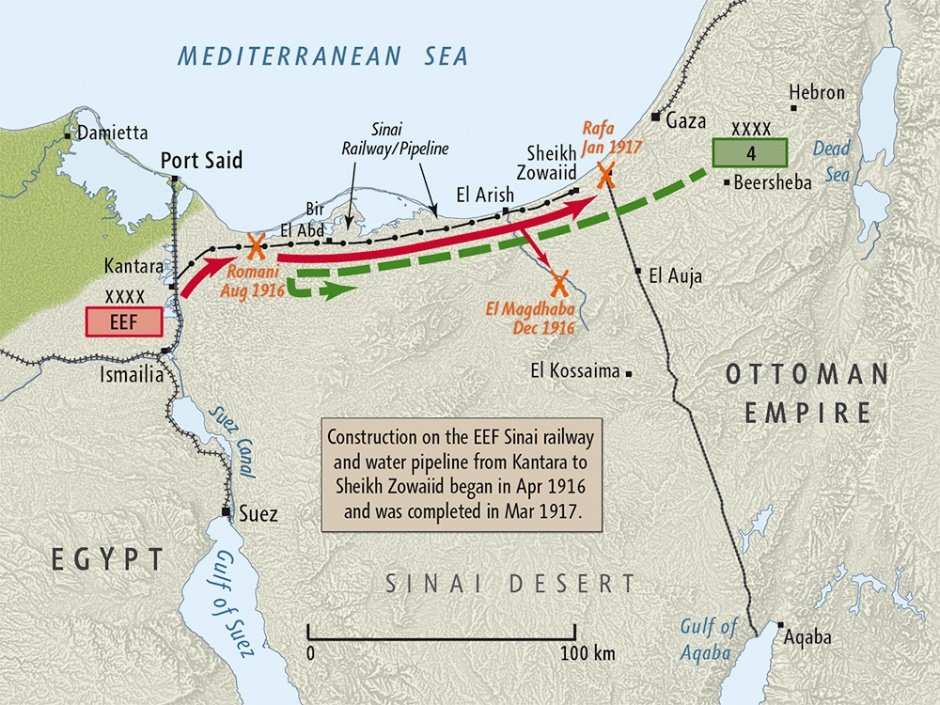
15/32 The Anzacs had interned Sinai Bedouin. The nomads were taken prisoner, & marched to improvised prisons by the Suez canal. Sometimes the Anzacs did not bother with internment. O'Brien said that he would shoot Bedouins 'on sight'. 
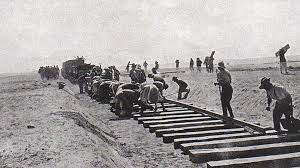
16/32 Brenton Tarrant's massacre in Christchurch was motivated by his racism & his Islamophobia. There is evidence that the Anzacs who attacked Surafend had the same attitudes as Tarrant.
17/32 John Milnes wrote a thesis for the University of Otago about the NZ members of the Anzac Mounted Division. Milnes said that 'virtually every letter, book & diary' he read during his research had 'some reference to the Arabs reflecting NZers' racial views'.
18/32 Many Anzacs were children or grandchildren of men who'd fought wars against the indigenous peoples of Australia & Aotearoa. Massacres had been part of these wars. Sometimes the Anzacs made explicit links between the Arabs they encountered & the indigenous people back home 
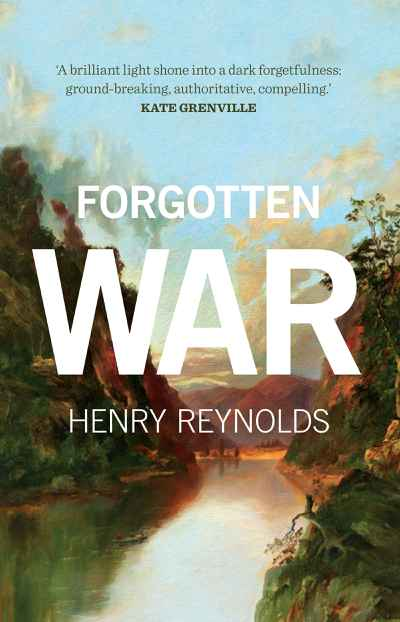
19/32 In 1923 Henry Gullett published the official history of the Australian military campaigns in Sinai & Palestine. Gullett wrote that the Bedouin the Anzacs met were 'scarcely higher in civilisation than the Australian blacks'.
20/32 Gullett explained the Surafend massacre as frustrated reaction to native barbarism. Similar excuses had been made for the mass killings of Aboriginals during the Frontier Wars.
21/32 In 1919 some of the Anzacs who had raided Surafend were sent to Egypt to help suppress a revolution. Angry at Britain's refusal to give them independence, Egyptians had staged a general strike & attacked colonial forts.
22/32 The NZers' accounts of their work in Egypt make their racial attitudes obvious. In a letter home, Percy Doherty said that he had 'flogged several hundred' Egyptian 'niggers'. Ted Andrews described bayoneting a 'huge, coal-black native' in the leg as 'he turned to run'. 

23/32 Some Anzac soldiers seem also to have hated Islam, & to have considered their struggle with the Ottoman Empire a holy war. After the Ottomans declared war on Britain Istanbul's leading cleric had issued a call to jihad, urging Muslims in British colonies to revolt.
24/32 In Devils on Horses, his 2007 book about the Middle East Anzacs, Terry Kinloch argues that Britain was seriously concerned about the possibility of Muslim uprisings, especially after the Ottoman victory at Gallipoli. 
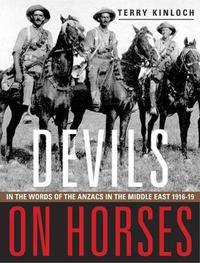
25/32 NZers had their own theological justification for the war. Many, including Prime Minister William Massey, were believers in the British Israelite version of Christianity, which taught that Anglo-Saxons were a lost tribe of Israel & that the British Empire was sacred 
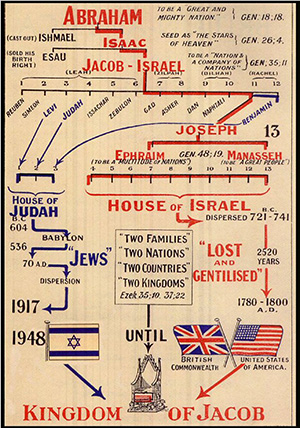
26/32 When Anzacs invaded Palestine & captured Jerusalem, belief in a holy war & divine guidance was bolstered. Terry Kinloch reports that a NZ officer stopped his column at the border of Palestine, & offered a prayer of thanks to god for letting him enter the holy land.
27/32 But Islamophobia had existed in NZ before the war. In 1857 Muslims in India's colonial army rebelled; in the 1880s Sudanese rose up against the British under the leadership of a messianic Sufi. 

28/32 Pakeha NZers were shocked & frightened by these Muslim challenges to British hegemony; in their minds Islam became associated with subversion & savagery. 
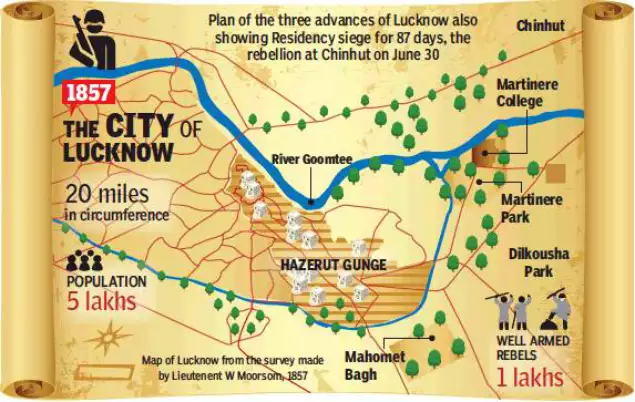
29/32 By the 1890s Indians, Syrians & Lebanese were making livings selling food & clothing out of carts in NZ. The Syrians & Lebanese came from the Ottoman Empire; some were Muslims. 
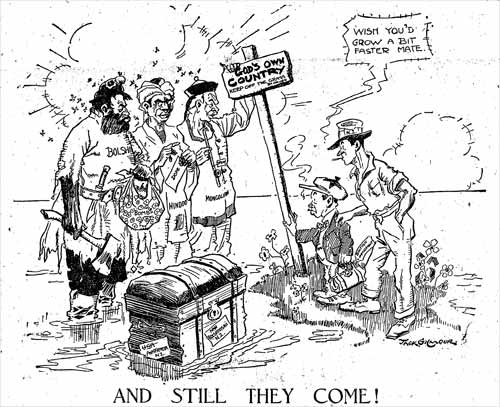
30/32 The mobile salesmen were known as hawkers, & were regarded with suspicion by newspapers & politicians. The hawkers were accused of ripping off customers & spreading disease. In 1896 parliament passed an Undesirable Hawkers Protection Act.
31/32 In their letters home, the Middle East Anzacs often complained about the traders they encountered in places like Jerusalem. They portrayed these traders as devious & dirty. There is a parallel between the Anzacs' complaints & the charges made against hawkers in NZ. 

32/32 Most NZers & Australians do not know about the Surafend massacre. Our fascists, though, are very aware of the event. For the likes of Brenton Tarrant, Surafend is an inspiration & a model.
• • •
Missing some Tweet in this thread? You can try to
force a refresh























